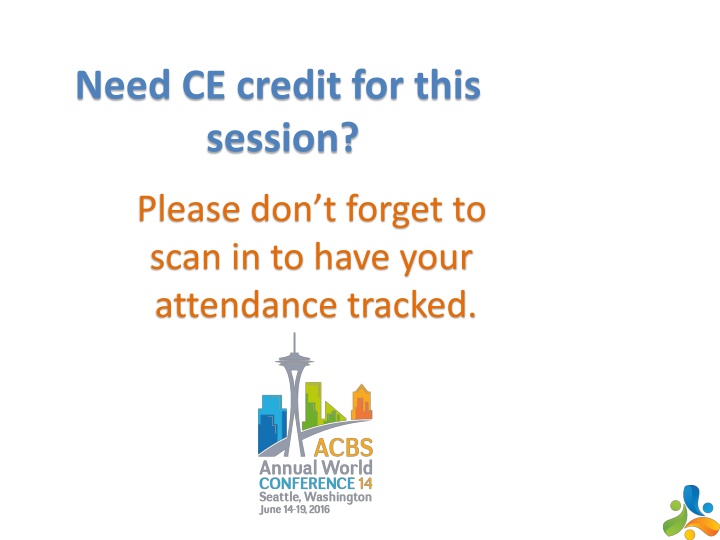
Navigating DBT Skills Groups Challenges with FAP Creative Adaptations
Explore creative adaptations for DBT Skills Groups with FAP to enhance group therapy effectiveness. Learn about FAP interventions, mindfulness, group dynamics, and more for fostering client improvements and addressing daily life problems.
Download Presentation

Please find below an Image/Link to download the presentation.
The content on the website is provided AS IS for your information and personal use only. It may not be sold, licensed, or shared on other websites without obtaining consent from the author. If you encounter any issues during the download, it is possible that the publisher has removed the file from their server.
You are allowed to download the files provided on this website for personal or commercial use, subject to the condition that they are used lawfully. All files are the property of their respective owners.
The content on the website is provided AS IS for your information and personal use only. It may not be sold, licensed, or shared on other websites without obtaining consent from the author.
E N D
Presentation Transcript
Need CE credit for this session? Please don t forget to scan in to have your attendance tracked.
Navigating The Growing Pains Of DBT Skills Groups With FAP: Creative Adaptations to Help Your Groups Thrive Renee Hoekstra, Psy.D. www.reneehoekstra.com
Disclosures (support): Relevant Financial Relationships: Self-Employed Author of The Emotional Extremists Guide to Handling Cartoon Elephants PDF: Dr. Hoekstra s Primer on the Application of Behavioral Therapy for Group
You? DBT Training? Leading DBT groups for 2, 5, 7+ years? Group therapy class in graduate school (or group specific certification)? FAP Training/ FAP intensive?
Overview Group assessment DBT material in group FAP interventions Audience participation and self- assessment
Who is in your group Who are your group members? Who are my group members?
What you need to be asking Who are your group members? What do they need now? What will it take to get them there?
Overview of FAP Clinically Relevant Behaviors (CRB s) are in- session (happening now in the group) occurrences of client s daily life problems, and are categorized as 1) Problems (CRB1 s) 2) Improvements (CRB2 s)
Overview of FAP: Group Leader Identify in-session behaviors that indicate problems outside of session Evoke behaviors to occur in group Increase the probability that improvements occur by attending and reinforcing them Be aware of the impact of our behaviors Generalize and interpret functional relationships among client behaviors
Unsettled Groups Non-cohesive/ too diverse High degree of leadership involvement to prevent conflict Highly anxious/ shut down Open door/ too much transition (i.e., inpatient units)
DBT Groups Ready For More DBT skills are repetitive/ rote Members have benefitted from DBT but need something different They are ready to make changes but group leaders don t know what to offer
Evoke CRBs Group itself is/ can be an evocative environment Increase evocativeness as members need more Decrease evocativeness as members become dysregulated/ overwhelmed
Watch for CRBs: Read your group Homework review/ approach Ability to self-regulate Intensity of emotion How does your group feel to you when you lead it?
What are their CRB1s? Thwarts energy Makes them misunderstood Keeps them distant Makes you feel disconnected from them Generates confusion
CRB2s/ Opposite Action Excessively quiet Overly dominating Sarcastic Story telling Non-disclosing
Check the Facts (p. 228) What prompted the emotion in group? What is the threat of having this emotion now, here, with us? What are you most worried about?
Here-and-now in DBT Self-validation handout (Alan Fruzetti)/ (I feel, notice, want, think, observe)- Validation of others Observing/ describing emotion (282) Mindfulness to emotion (264)
Other DBT material Is there anything you have applied in your groups that are here-and-now ? Use mindfulness exercise to increase awareness of group experiences
Mindfulness Cohesion and CRB s
What do you do? What do you do that keeps people away when you are in pain? What do you do that prevents you from being vulnerable, raw, exposed, and open? Does this show up when you lead groups?
Self-Assessment Leadership exercise
Flexible Syllabus My class on Human Sexuality New clients need to be oriented/ have a place to land Current clients need to be challenged/ step up to the plate Clients need DBT skills
Cluster Options In regards to your distress this week, choose one of the following options: 1) Self-soothing (DBT skills) 2) write a compassionate letter to yourself and read it out loud in group 3) list 10 positive things you like/ value about yourself and be prepared to share it in group, or 4) Complete the Lovingkindness meditation (DBT skills)
Implementing FAP assignments in the homework Mid-Therapy questionnaire Life Events inventory Group Session Bridging Questionnaire CRAPS logs (Lists of Challenges, Risks taken, Appreciations of others this week, Prouds, and Self-care)
Where to find FAP handouts www.faptherapy.com (Tools for therapists and researchers) A Guide to Functional Analytic Psychotherapy: Awareness, Courage, Love, and Behaviorism by Tsai, R. Kohlenberg, Kanter, B. Kohlenberg, Follette, and Callaghan (2009)
Orienting and Educating Dr. Hoekstra s Guide to a Behavioral Application to Group Therapy Unique way to tie DBT skills group targets with FAP targets and orient client to a behavioral way of thinking Available for a small fee at www.reneehoekstra.com
Other Material Behavior Chain as a written assignment ACT Made Simple by Russ Harris (lots of worksheets) Focus on in group interactions: Written statements to other group members expressing appreciations, growth, progress, or inspirations
When clients leave End of Therapy Letter (in book) Appreciations, growth, highlights, improvements, wishes, encouragements, what they need going forward Like a handwritten Mini-Case Conceptualization in client friendly terms
Thank you! Renee Hoekstra, Psy.D. www.reneehoekstra.com
Need CE credit for this session? Please don t forget to scan in to have your attendance tracked.
Need credit for this session? Please don t forget to scan out. What did you think?.... complete the 3 question quickeval for this session at https://contextualscience.org/quickeval This was presentation was session # 55
